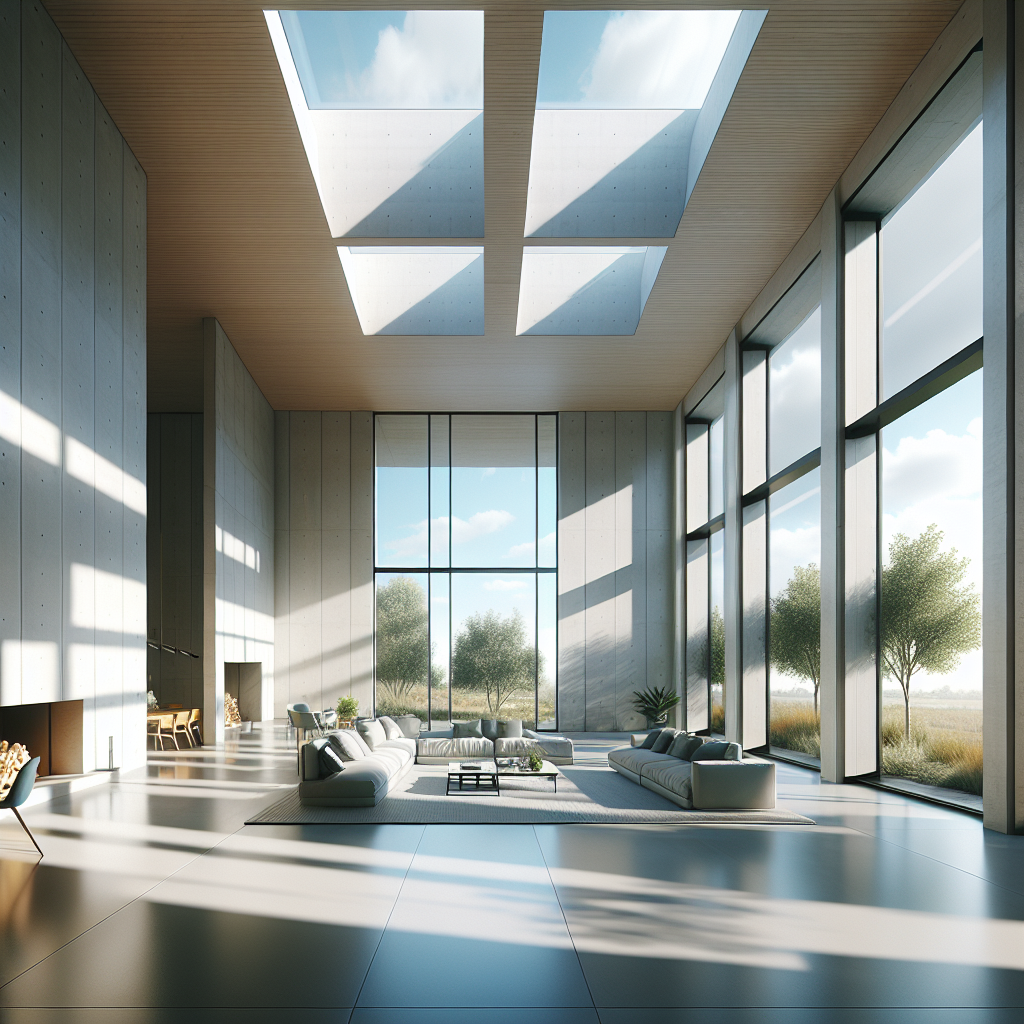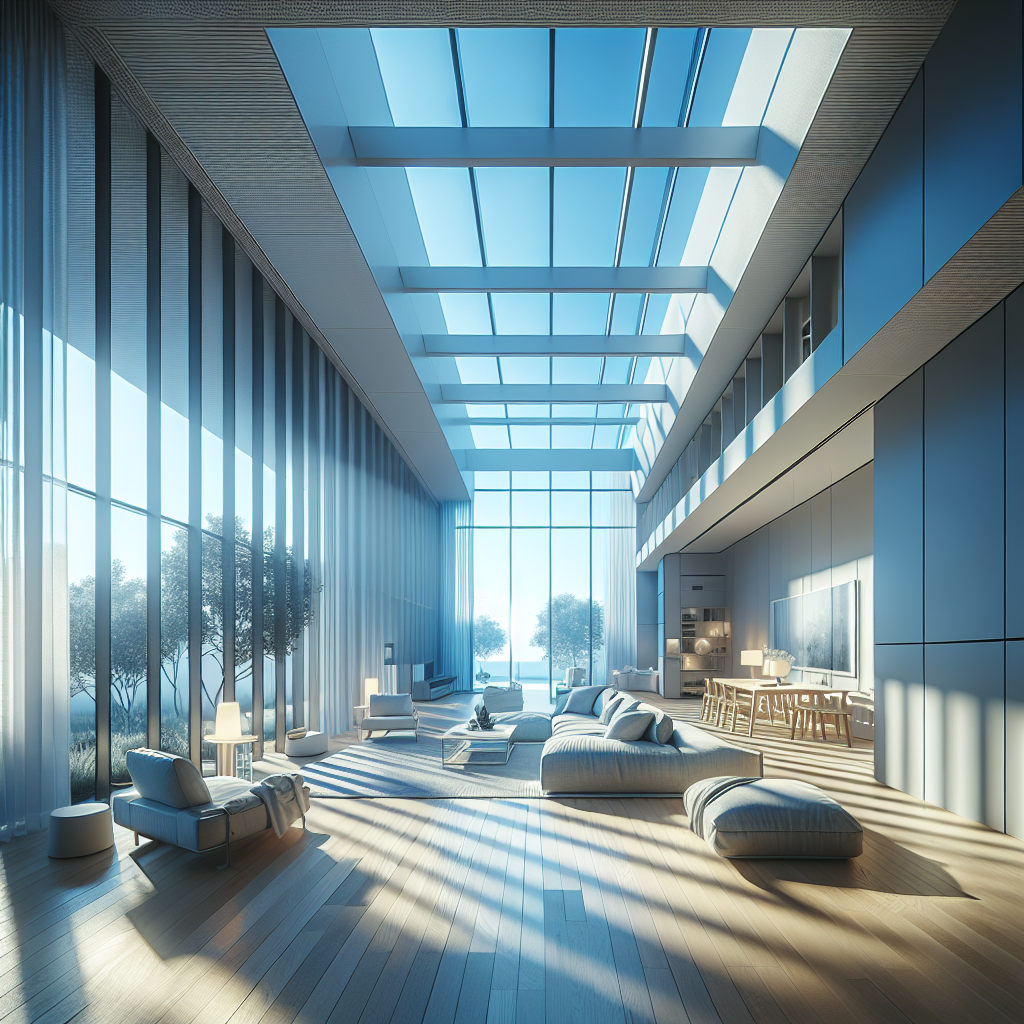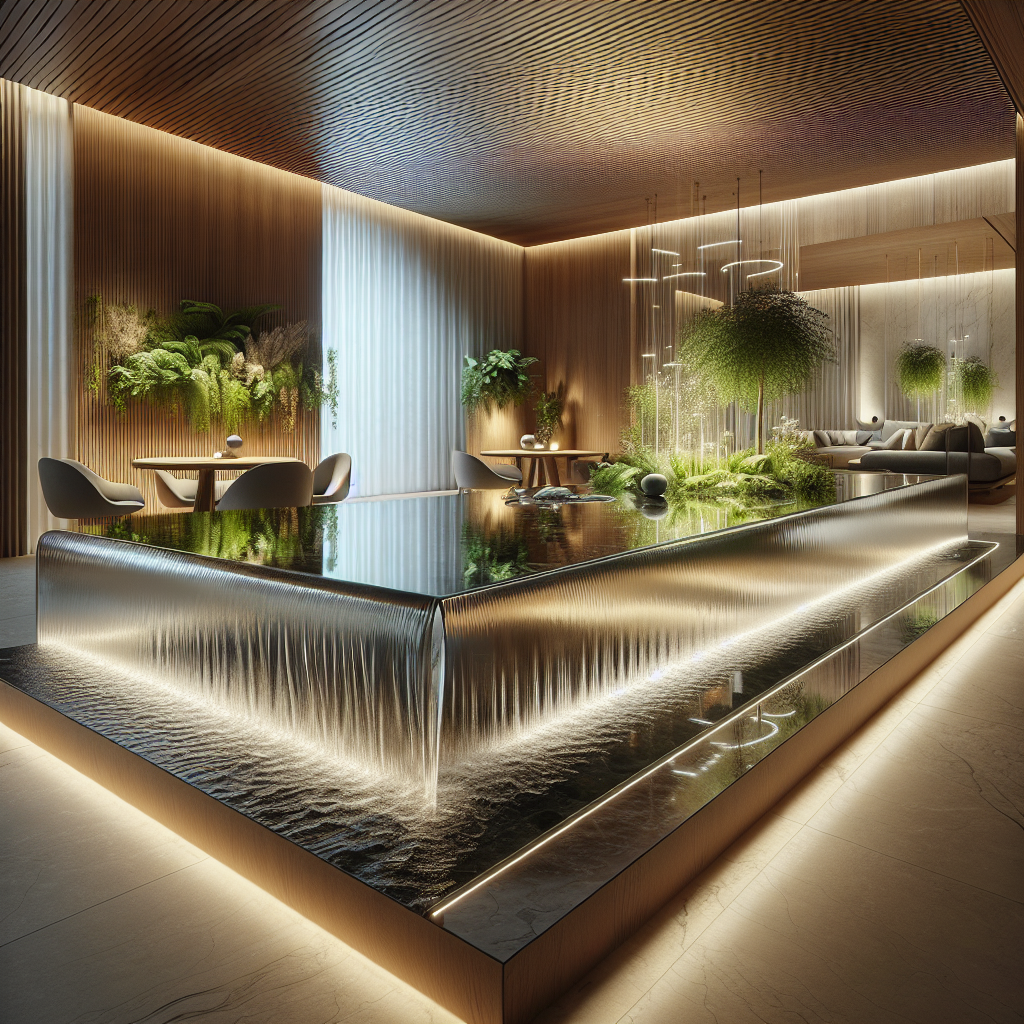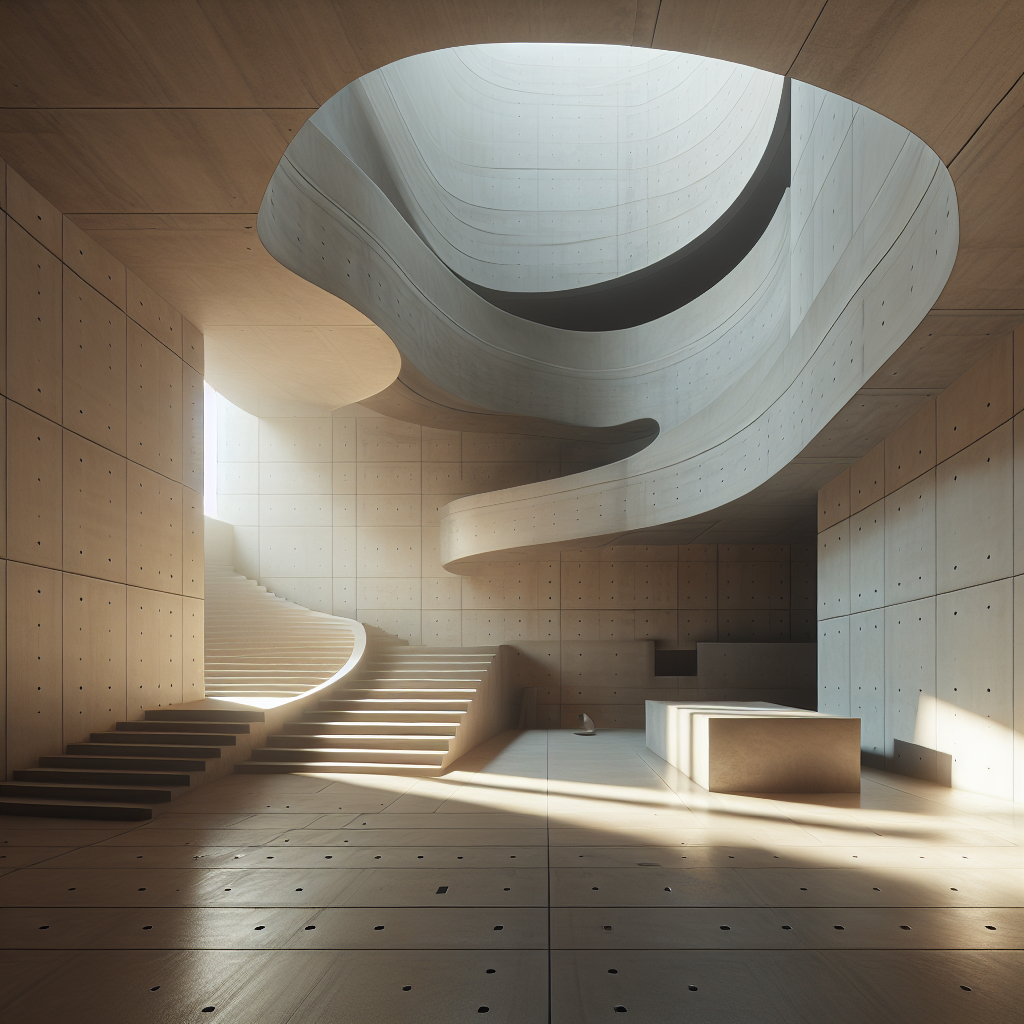Clerestory Windows: Mastering Natural Light in Architecture

Clerestory Windows: The Pinnacle of Natural Light in Modern Architecture
As the world gravitates towards sustainable living, the integration of natural light into architectural design has become paramount. Among the myriad of strategies employed to harness the sun’s bounty, clerestory windows stand out as a beacon of innovation and elegance. These high-placed windows, not only punctuate the skyline with their presence but also serve as a vessel for daylight, transforming the mundane into the sublime.
The term ‘clerestory’ hails from the Latin ‘clarus’ meaning clear and ‘historia’, which translates to story or level. Historically, clerestory windows were the reserved privilege of grand cathedrals and basilicas, where they illuminated the lofty interiors with divine light. Today, they have transcended their ecclesiastical origins, finding a new calling within the realm of residential architecture and commercial edifices, as a testament to their timeless appeal and functionality.
Architectural Alchemy: The Transformation of Space with Clerestory Windows
The magic of clerestory windows lies in their ability to sculpt light and shadow, creating a dynamic interplay that breathes life into spaces. By their very design, these windows capture the sky’s changing moods, offering a canvas for the sun’s daily journey. They not only enhance the aesthetic appeal of a structure but also contribute to its thermal efficiency, reducing the reliance on artificial lighting and heating, thus embodying the principles of sustainable architecture.
In residential spaces, clerestory windows can transform living areas into sanctuaries of tranquility and light. For instance, a well-placed series of clerestory windows in a living room can elevate the ambiance, creating an illusion of a higher ceiling and a more spacious environment. This is not merely an architectural trick but a strategic design choice that can enhance the quality of life for the inhabitants.
The Technical Brilliance Behind Clerestory Windows
The installation of clerestory windows is a craft that demands precision and understanding of both light and structure. These windows must be meticulously positioned to capture the optimal angle of sunlight throughout the year. In the summer, they can be shielded by overhangs to prevent excessive heat gain, while in the winter, they can invite the lower-angled sun to warm the interior spaces.
The energy efficiency of clerestory windows can be further enhanced through the use of advanced glazing techniques and materials. Low-emissivity coatings, double or triple glazing, and inert gas fills are just a few of the innovations that have revolutionized the performance of these architectural elements. Moreover, the incorporation of operable clerestory windows can aid in passive ventilation, promoting air circulation and improving indoor air quality.
Iconic Examples of Clerestory Windows in Modern Architecture
The Fallingwater house by Frank Lloyd Wright is a paragon of clerestory window usage. Wright’s masterful integration of these windows blurs the lines between the interior and the natural world outside, creating a harmonious dialogue with the environment. Similarly, the works of Louis Kahn, such as the Phillips Exeter Academy Library, showcase the transformative power of clerestory windows in creating spiritual and contemplative spaces.
In the realm of commercial architecture, the use of clerestory windows is equally impactful. The Sustainable Commercial Design article on mainifesto.com highlights how these windows can redefine the work environment, infusing offices with daylight and reducing the building’s carbon footprint.
Embracing the Future: Clerestory Windows in Contemporary Design
As we march into the future, the role of clerestory windows in architecture continues to evolve. Innovations in smart glass technology and automated shading systems are set to redefine the way we interact with these windows. The Smart Glass Revolution article delves into how these advancements can be integrated with clerestory windows to create responsive and adaptive living environments.
The conversation around clerestory windows is not complete without discussing their role in the biophilic design movement. By inviting natural light deep into the heart of buildings, these windows foster a connection with nature, which is essential for our well-being. The Biophilic Design Principles article explores this symbiotic relationship between nature, light, and human-centric design.
Mastering the Art of Clerestory Windows
To truly harness the potential of clerestory windows, architects and designers must consider a multitude of factors. Orientation, climate, and the building’s purpose all play critical roles in determining the success of these windows. It is a delicate balance between form and function, where every decision can significantly impact the building’s performance and the comfort of its occupants.
As we continue to seek harmony between our built environments and the natural world, clerestory windows offer a path forward. They are not just openings in a wall but portals to a brighter, more sustainable future. By mastering the art of clerestory windows, we can create spaces that are not only visually stunning but also kind to our planet and nurturing to our souls.








